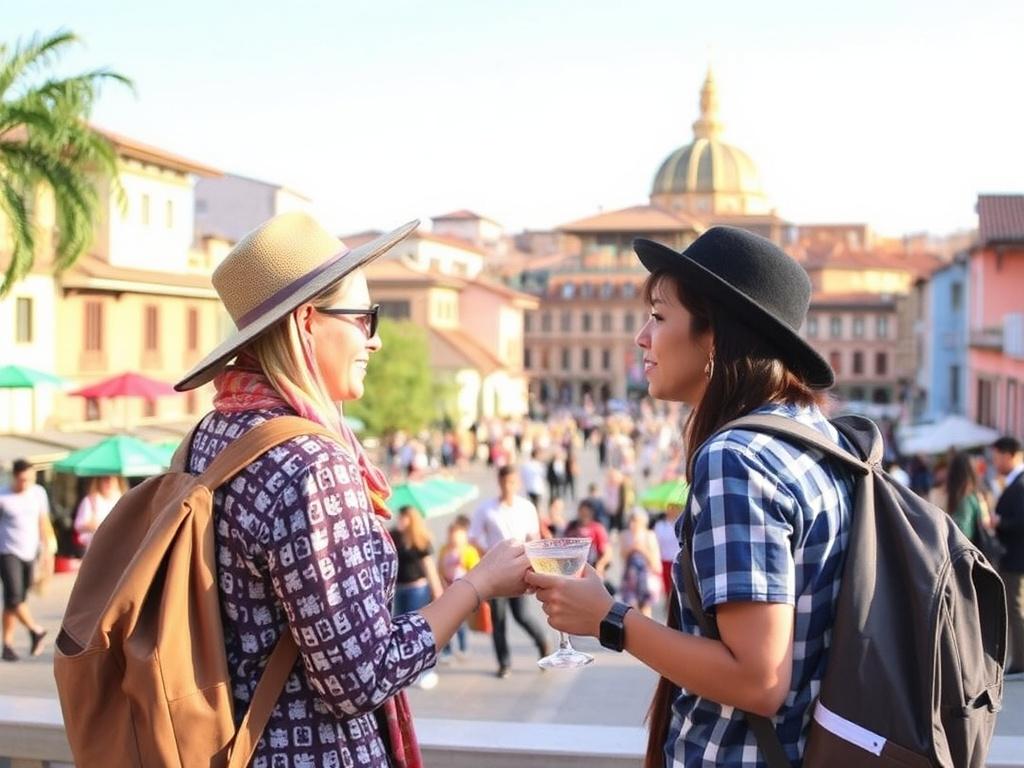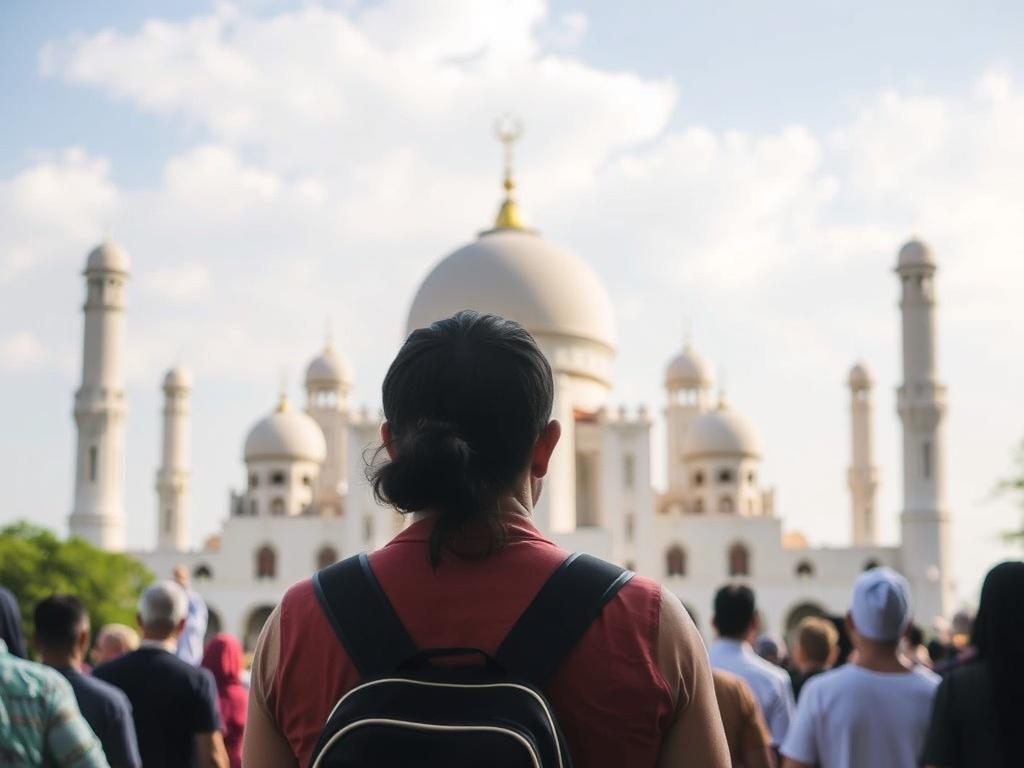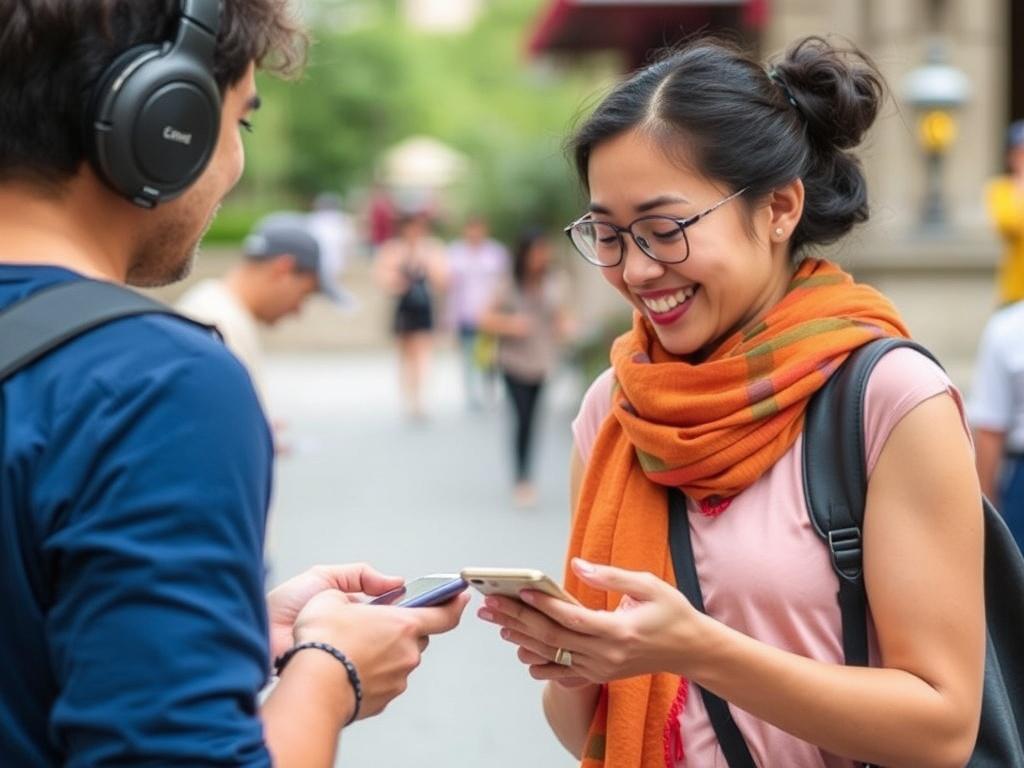Solo travel is an adventure like no other. It offers freedom, self-discovery, and the chance to meet new people. Yet, beyond packing your bags and booking flights lies a world full of fascinating cultural differences that can profoundly impact your journey. Understanding these cultural nuances isn’t just a matter of courtesy; it’s essential for your safety, respect, and truly immersive experience. Whether you’re wandering through bustling Asian markets, exploring historic European towns, or embracing the vast landscapes of Africa, being aware of local customs enriches your solo travel experience in ways you never imagined.
When traveling alone, you’re more exposed to cultural differences than when traveling in groups. These details might seem small at first—how you greet someone, how to dress, what gestures to avoid—but they can mean the difference between a warm welcome and an awkward encounter. This article will guide you through the key cultural differences every solo traveler should know, from communication styles and social etiquette to dining customs and tipping practices. Let’s embark on this eye-opening journey that will prepare you for respectful and smooth interactions wherever your adventure takes you.
Understanding Communication Styles: The Art of Connection

Communication is the bridge that connects you with people from other cultures, but it’s also one of the most complex areas to navigate. Different cultures have varied ways of expressing themselves verbally and non-verbally, which can sometimes lead to misunderstandings.
For instance, in many Western cultures like the United States or Germany, direct communication is valued. People tend to say exactly what they mean. However, in many East Asian countries such as Japan or Thailand, communication is often indirect, aiming to preserve harmony and avoid confrontation. Saying «no» outright might be considered rude, so people might use ambiguous language or non-verbal cues instead. As a solo traveler, understanding these subtle hints can save you from unintentionally offending someone or missing important information.
Non-verbal communication also plays a huge role globally. A thumbs-up is a positive sign in the West, but in some Middle Eastern countries, it’s offensive. Eye contact is another fascinating nuance; while steady eye contact indicates confidence and honesty in many Western cultures, it can be seen as disrespectful or aggressive in Asian or African cultures.
| Culture/Region | Communication Style | Eye Contact | Common Gestures to Avoid |
|---|---|---|---|
| United States | Direct and explicit | Frequent, confident eye contact | Middle finger, personal space invasion |
| Japan | Indirect, context-based | Brief, respectful eye contact | Pointing with finger, loud talking in public |
| India | Somewhat indirect, polite | Varies, less intense | Showing soles of feet, touching head |
| Middle East | Indirect, formal | Less eye contact with opposite gender | Thumbs-up, left-handed gestures |
Tips for Solo Travelers on Communication
- Pay attention to tone and body language as much as words.
- When unsure, mirror the communication style of locals subtly.
- Be patient—if you feel misunderstood, politely ask for clarification.
- Learn a few key phrases in the local language; it goes a long way.
Social Etiquette: How to Show Respect in Different Cultures
Nothing screams “respect” louder than being aware of and adapting to local social etiquette. For solo travelers, this knowledge can open doors or cause unintentional offense. Let’s explore some vital social customs that differ extensively across the globe.
Greetings and Personal Space
Greetings are the first impressions you make, and they vary widely. In many European countries, a firm handshake is common, while in Latin America, a hug or cheek kiss is the norm. In some Middle Eastern countries, a light touch on the arm or a respectful nod suffices, especially between different genders.
Personal space is another sensitive subject. In the U.S. or Northern Europe, people value their personal bubble, often standing arm’s length apart. But in countries like India or Latin America, closer proximity during conversations is more common and considered friendly.
Additionally, some gestures like pointing, beckoning with fingers, or using the left hand for giving or receiving items might be frowned upon or even offensive in certain cultures. Always observe first before engaging physically to avoid mishaps.
Dressing Appropriately
Dressing smartly and modestly can prevent awkward situations, especially when visiting religious or traditional sites. In many conservative countries like Saudi Arabia or Iran, modest dress codes are strictly enforced. Women might need to cover their heads and wear loose clothing, while men should avoid shorts in public. Even in countries with more liberal norms, covering your shoulders and knees is a safe bet when visiting temples, mosques, or churches.
For solo female travelers, respecting local dress codes can equate to safety as well as respect. Clothes that draw too much attention might invite unwanted interaction or make locals uncomfortable.
Gift Giving and Hospitality
In some cultures, gift giving is an important social ritual. When invited to someone’s home, bringing a small gift, such as sweets or flowers, is usually appreciated in places like Japan or Italy. However, it’s equally important to be aware of taboo gifts; in China, for example, clocks are associated with death and should be avoided.
Hospitality customs can also surprise travelers. In many Middle Eastern and Asian countries, refusing an offer of tea or food can be considered rude. Even if you’re full, politely accepting and taking a small portion is a good way to show appreciation.
- Always research social norms of your destination ahead of time.
- Observe how locals greet each other before doing the same.
- If uncertain about gift etiquette, ask a local guide or your host.
- Dress conservatively when visiting religious or traditional sites.
Dining Etiquette: Eating Your Way to Cultural Understanding
Food is a fantastic gateway to any culture, and being mindful of dining etiquette can make meals more enjoyable and meaningful for solo travelers. From how you use cutlery to seating arrangements, each culture has unique customs around food.
Table Manners Around the World
In Japan, slurping noodles is actually a compliment to the chef, showing that you’re enjoying the meal. In contrast, Western cultures often regard loud eating as impolite. In India, eating with your right hand is customary, while the left hand is considered unclean. Conversely, in Western countries, using utensils is standard, and eating with hands (except for certain foods like bread or pizza) is frowned upon.
Seating arrangements during meals also vary. In some Middle Eastern cultures, elders or guests of honor are seated first and served first, emphasizing respect and hierarchy.
Tipping Practices
Tipping customs can be perplexing for solo travelers. In the United States and Canada, tipping 15-20% is the norm. However, in Japan or South Korea, tipping might be considered rude or unnecessary as excellent service is already built into the price.
In Europe, tipping varies by country—from rounding up the bill in France to adding a small percentage in Germany. In Middle Eastern and some Asian countries, tipping might be appreciated but not mandatory.
| Region | Common Practice | Notes |
|---|---|---|
| United States | 15-20% of the bill | Expected in most service industries |
| Japan | No tipping | Can be seen as offensive |
| Europe | Rounding up or ~10% | Varies by country |
| Middle East | 5-10%, often included in service charge | Check the bill for “service included” |
Food Taboos and Dietary Customs
Being aware of food taboos not only shows respect but also helps avoid embarrassing or uncomfortable moments. For example, eating beef is forbidden in many Hindu communities in India, while pork is taboo in Islamic cultures. Some cultures have specific eating rituals, such as communal eating or sharing plates, which might differ from your solo dining preferences.
Solo travelers should also be prepared for the realities of eating alone, which vary culturally. In many countries, eating alone is perfectly normal and accepted, while in others, it might draw curious looks. Finding cafés or restaurants that cater to solo diners or bringing a good book can ease this experience.
Religion and Spirituality: Navigating Beliefs with Sensitivity

Religion profoundly influences cultural practices and everyday life in many destinations. Being informed about religious customs and traditions is essential for showing respect and avoiding misunderstandings.
For example, during Ramadan, Muslims fast from dawn to sunset, and eating or drinking in public can be offensive in Muslim-majority countries. In India, many priests or holy sites have specific rules regarding dress and behavior. Similarly, in Buddhist countries like Thailand, touching monks or their robes is disrespectful.
Remember that photography might be prohibited or restricted at religious sites. Always seek permission, observe signs, and follow guidelines. Solo travelers who approach these experiences with sensitivity often gain deeper connections and insightful learning opportunities.
- Research major religions and their influence on local customs before arrival.
- Dress modestly and behave respectfully at places of worship.
- Respect fasting or religious holiday practices to avoid offense.
- Ask permission before photographing religious ceremonies or people.
Safety and Cultural Awareness: Protecting Yourself as a Solo Traveler
While understanding cultural differences enriches your trip, it’s equally important for your safety. Some behaviors or customs can signal risk if ignored. For example, certain gestures might provoke hostility in sensitive areas. Dressing out of cultural norms can draw unwanted attention, particularly for solo female travelers.
Respecting the culture also means abiding by local laws, which can be vastly different from what you’re used to. Drug laws, alcohol consumption, behavior in public, and even traffic rules demand your attention.
Solo travelers should always stay alert, seek local advice, and avoid areas or behaviors deemed unsafe in that culture. Joining local tours or connecting with other travelers can provide additional safety nets and cultural insight.
Quick Safety Tips for Cultural Awareness
- Carry a copy of your passport and emergency contacts at all times.
- Avoid displaying expensive items prominently.
- Ask locals or hostel staff about areas or customs to avoid.
- Trust your instincts—if something feels off, remove yourself politely.
Technology and Cultural Interaction: Using Apps and Online Resources

Modern solo travelers have a huge advantage thanks to technology. Apps can guide you about cultural customs, appropriate gestures, language translation, and tipping norms. TripAdvisor, Culture Trip, and local tourism websites offer up-to-date cultural and safety advice.
Language apps like Duolingo or Google Translate help bridge communication gaps. Social media platforms can connect you with locals or other solo travelers, sometimes offering invitations for cultural immersion activities or advice.
However, technology can’t replace human observation and learning. Use digital tools as a supplement, not a substitute, for your cultural education while traveling.
Conclusion
Traveling solo opens the door to a world full of diverse cultures, traditions, and social customs, each with its own unique nuances. Understanding and respecting cultural differences—whether in communication, social etiquette, dining, religion, or safety—is not merely a courtesy but a vital component in ensuring a rich, rewarding journey. By taking the time to learn and adapt, solo travelers gain deeper connections, avoid misunderstandings, and ultimately travel with greater confidence and enjoyment. Embrace these cultural lessons as part of your adventure, and you’ll find the world welcoming you with open arms, ready to share its stories and beauty in return.









